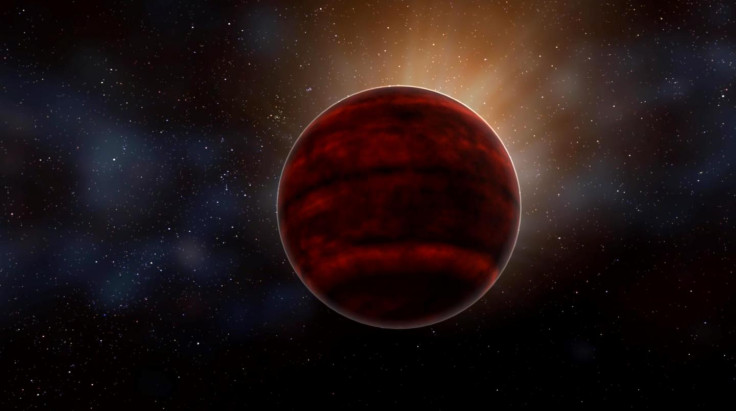Proxima Centauri: Intense stellar explosion may have wiped out life from Earth's closest exoplanet
The massive stellar blast was nearly 10 times brighter than our Sun's largest solar blasts.

Earth's closest exoplanet Proxima b and its backyard might not be an appropriate destination to look for life, a new study on its host star has revealed.
Located some 4.2 light-years away from our solar system, Proxima b has been seen as a potential candidate for habitability due to its rocky structure and Earth-like size.
The distant world is a target for several studies, but a group of astronomers posit it may have already lost the conditions required for hosting life, thanks to the effect of intense stellar explosions from Proxima Centauri -- its host star.
The violent Red dwarf was seen with ALMA radio telescope for about 10 hours between January and March last year.
Initial observations suggested the star had average brightness and was surrounded by multiple disks of the dust, which could be hiding new planets.
However, when Carnegie Institution for Science's Meredith MacGregor and colleagues re-analysed the same data, they saw something different, according to a study published in the Astrophysical Journal Letters.
The group found that on 24 March, 2017, a massive solar flare erupted from the star, something that increased its brightness nearly by 1,000 times. The enormous blast, combined with a preceding smaller one, lasted for about two minutes and was at least 10 times brighter than our Sun's largest solar blasts.
"It's likely that Proxima b was blasted by high energy radiation during this flare," MacGregor said. "Over the billions of years since Proxima b formed, flares like this one could have evaporated any atmosphere or ocean and sterilized the surface, suggesting that habitability may involve more than just being the right distance from the host star to have liquid water." The same processes would have wiped out any life on the planet if it had existed.
Scientists knew that the Proxima Centauri emits small stellar flares but the latest find changes that view. Plus, the absence of a dusty cloud around the star also rules out the possibility of finding new worlds that could bolster our chances of finding life beyond Earth.
"There is now no reason to think that there is a substantial amount of dust around Proxima Cen," fellow Carnegie astronomer Alycia Weinberger said. "Nor is there any information yet that indicates the star has a rich planetary system like ours".





















